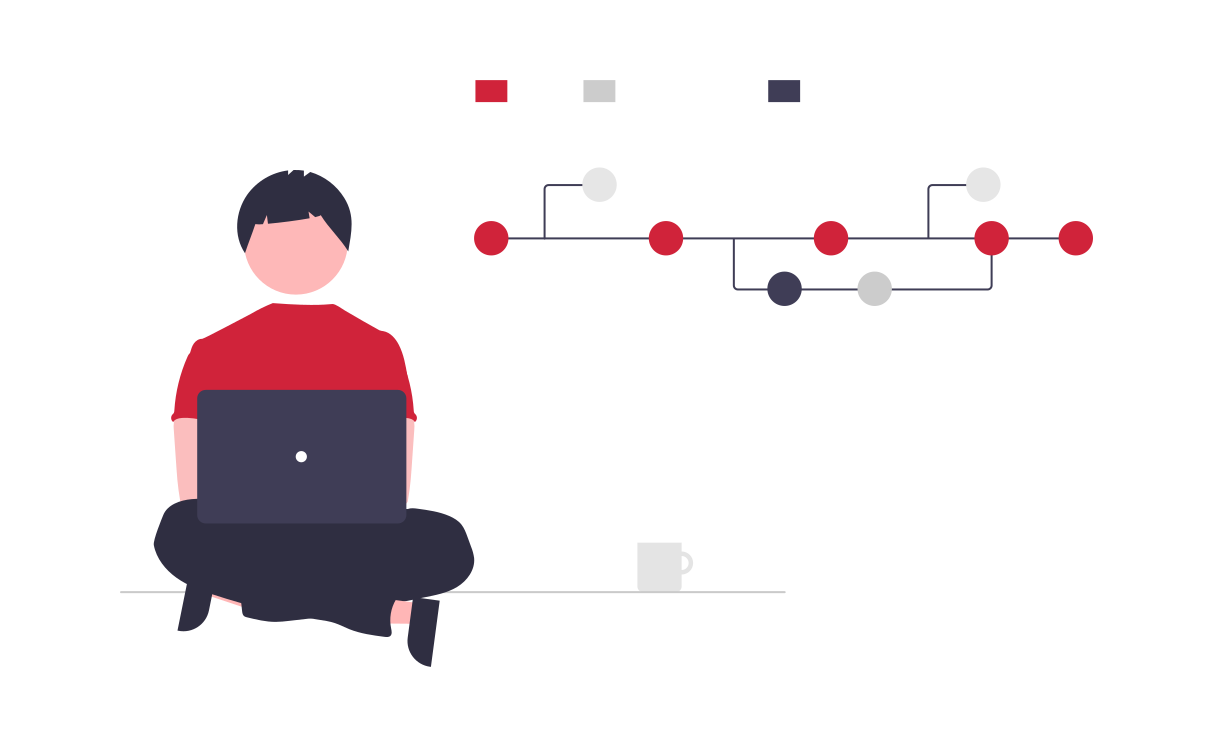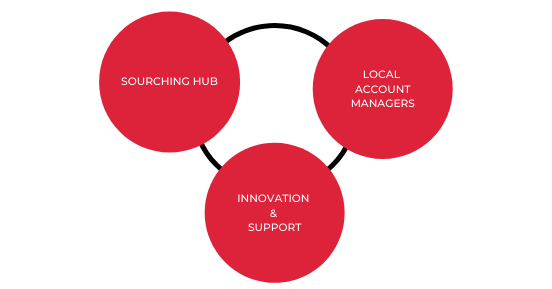In this article, we describe the components of the IT infrastructure, their functions and job profiles.
IT infrastructure consists of hardware, software, and network, i.e. the components necessary to run and manage corporate IT environments.
IT infrastructure can be deployed within a cloud computing system or within the structure of an organization itself.
In addition to hardware, software, and networking, there is the operating system and data storage.
Also, IT infrastructure products may be available as software applications or as online solutions offered by service providers.
Need advice on how to start or develop your freelance consulting business in tech or IT? Need to start a new permanent or freelance assignment? Join Mindquest and get support from our team of experts.

Why IT infrastructure matters

In the IT infrastructure, the above-mentioned technology components both contribute to and drive business functions.
With the modern rapidly changing pace of technology and the competitive nature of business, IT leaders must ensure that their IT infrastructure is well designed to make changes quickly without impacting business continuity.
Therefore, properly networked, optimizing technology can improve communication, increase efficiency and boost productivity.
That is to say, a flexible, reliable, and secure IT infrastructure can help a company achieve its goals and provide a competitive advantage in the marketplace. Conversely, an improperly implemented IT infrastructure leads to connectivity, productivity and security issues, such as outages and system breaches.
Thus, a properly implemented infrastructure can be a key factor in a company’s profitability.
But, what are the benefits of the IT infrastructure components, their functions and the IT infrastructure job profiles?
Also read our Network/Telecom Engineer and Solution Architect Job description
Benefits of an IT infrastructure
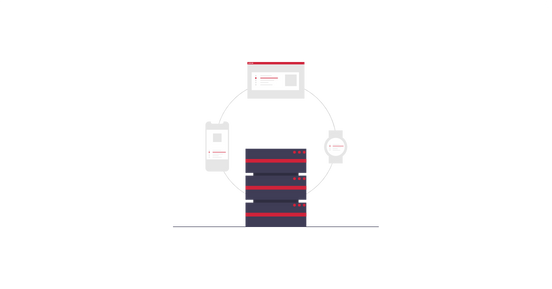
Above all, a proper implemented IT infrastructure, allows a company to:
- Provide a positive customer experience by ensuring uninterrupted access to its website.
- Develop fats solutions on the market.
- Collect real-time data to make quick decisions.
- Improve employee productivity.
IT infrastructure job profile: VoIP engineer.
VoIP (Voice Over Internet Protocol) is a technology that allows the transmission of voice over compatible IP networks. For example, it is the technology used by the communication service Skype that enables millions of people to make calls through WhatsApp every day.
Accordingly, the role of a VoIP engineer is to manage the implementation within the organization.
Discover more about the role of a VoIP engineer.
How do the components of the IT infrastructure work?
To start, the components of the IT infrastructure consist of interdependent elements. Hardware and software represent the two main component groups of IT infrastructure. The two are complementary of each other. Hardware uses software, for example, an operating system, to function.
Likewise, an operating system manages hardware and system resources. Operating systems also establish connections between software applications and physical resources, using network components.
To continue, let’s see more in detail what are the components of the IT infrastructure.
Also read our Storage and Backup Engineer and Technical Expert Job description
IT infrastructure components: Hardware
Hardware components include:
- Desktop computers
- Servers
- Data centers
- Hubs
- Routers
- Switches
- Facilities
Also discover our Penetration Tester and Database Administrator Job description
IT infrastructure components: Software
Software components include:
- CMS (Content management systems)
- CRM (Customer Relationship Management)
- ERP (Enterprise resource planning)
- Operating systems
- Web servers
IT infrastructure components: Facilities
Facilities or physical equipment provide the room for servers, data centers, and network hardware. They also include network cabling in offices to connect the various components of an IT infrastructure.
IT infrastructure components: Networks
The interconnection between network components enables network operations, management, and communication between internal and external systems.
The Internet connection, activation tools, firewall, and security, as well as the hardware, i.e. routers, switches, and cables, are essential for the operation of a network.
IT infrastructure job profile: Cisco Network Engineer.
Nearly half of all companies today use Cisco solutions. Cisco Systems, or Cisco, is an American IT company specializing in the manufacture and sale of network equipment (routers, Ethernet switches as well as servers, etc.).
But, what is the role of the Cisco Network Engineer? Read our Cisco Network Engineer job description, to learn about their missions, skills, and salary of these professionals.
How many types of IT infrastructure are there?
Traditional IT infrastructure

To start, the components (the data center, data storage, hardware, and servers) of the traditional IT infrastructure, are managed completely in-house.
Moreover, a traditional IT infrastructure consists of the usual hardware and software components: facilities, data centers, network hardware desktop computers, and enterprise application software solutions. Generally, this infrastructure configuration requires more energy, physical space, and budget than other types of infrastructure. Traditional infrastructure is commonly installed on site for exclusive corporate or private use.
IT infrastructure job profile: Linux Systems Engineer.
As large companies are nowadays operating more and more computers with Linux, the function of Linux system engineers is on the rise.
The Linux System Engineer is an essential link within companies that ensures the proper functioning of a Linux network. The engineer also helps coordinate the IT team, optimizes network operations, and ensures communication between the various computer systems.
Discover more about the Linux Systems Engineers skills and expertise.
Cloud IT infrastructure

To go on, as the name itself suggests, cloud computing IT infrastructure refers to the components and resources required for cloud computing.
End users can, therefore, access the infrastructure via the internet, with the possibility of using computing resources without on-site installation, through virtualization.
To explain, virtualization links physical servers managed by a service provider in one or more geographical locations. It then classifies and abstracts resources, such as storage, to make them accessible to users virtually anywhere there is an internet connection.
It is also possible to create a private cloud using dedicated resources, or a public cloud by ‘renting’ the cloud infrastructure from a cloud provider.
Since cloud infrastructure is often public, it is usually referred to as a public cloud.
In addition, by integrating portability, orchestration, and workload management across multiple clouds at various levels, it is also possible to create a hybrid cloud.
Hyperconverged IT infrastructure
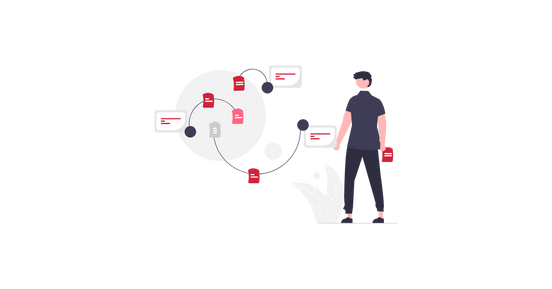
At last, a hyper-converged IT infrastructure enables managing from a single interface computing, networking, and storage resources.
Moreover, software processing together with data storage allows managing the most innovative workloads with scalable architectures on industry-standard hardware.
IT infrastructure job profile: SRE Engineer.
As more organizations are embracing cloud computing and the demand for digital services increases, site reliability engineering (SRE) practices have become imperative. These practices help organizations meet service level agreements (SLAs) for availability, performance, user experience, and business KPIs
Discover more about the Site Reliability Engineer (SRE) functions.
IT infrastructure components and job profiles: best practices
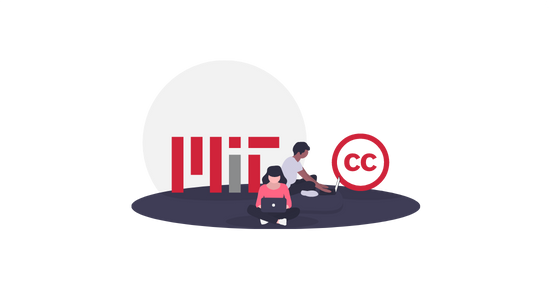
After having discussed about IT infrastructure components, their functions and some of the IT infrastructure job profiles, it is time to talk about best practices.
To clarify, for good and effective IT infrastructure management, it is essential to follow some basic best practices. That is to say, these practices ensure a comprehensive view of all aspects to consider for the successful management of the IT infrastructure.
- Gathering knowledge
- Creating standards built on that knowledge
- Implementing standards with consistency
- Maintaining consistency during change management
- Documenting heavily
Gathering knowledge
First of all, relevance and authority are the two keywords to keep in mind when gathering knowledge. Too little information can lead to missing critical configurations, while too much information can cripple you, balance is the answer.
At this stage, it is crucial to choose where to focus with the organization’s needs in mind. Therefore, the more relevant the better, so as not to waste time with useless and endless documents. And to make sure you gather the right information, check the sources.
Also read our Cybersecurity Expert job description
Creating standards built on that knowledge
Once you define the organization’s needs and gather all the information you need to implement configurations, make them standards. But never forget to update these standards as the organization evolves over the years. Examples of this best practice are increasing security standards, keep clarifying the configurations, upgrading older commands, etc.
IT infrastructure job profile: SOC Analyst.
The role of the SOC (Security Operation Centre) analyst is to monitor a company’s computer systems. He or she must detect all suspicious and malicious activities on computer networks, whether they come from inside or outside.
Implementing standards with consistency
Certainly, having clean and consistent configurations is extremely important for an engineer. With systems such as the Cisco CLI, for example, it can take some time to understand the intentions of the code. Thus, the labeling of things, the use of observations when necessary, and the use of descriptions with relevant information facilitate the work of technicians during problem-solving. By switching from one device to another and all having the same descriptions and the same names, one feels more natural and things make sense.
Maintaining consistency during change management
Change management processes can sometimes seem overwhelming to IT staff, but they can be very useful when used for peer review of the proposed configuration, implementation on applicable devices, and updating documentation to ensure that the work is done from top to bottom.
Therefore, maintaining consistency in changing times is key to facilitating the transaction and ensuring that the work is done without the loss of essential organizational information.
You can also read : Programming VS Web development : What’s the difference?
Documenting heavily
It is somehow common that documentation is an aspect in which internal IT departments are usually somewhat deficient. Even if it feels like you are writing the documentation all for yourself, as no one will ever read it, your documentation is actually your business card. Though, it is important that it is clear and easy to understand.
To sum up, the purpose of the IT infrastructure is to make business possible and this is best done with components that are configured, managed, and maintained cleanly and consistently, following best practices honed with experience and documented clearly and comprehensively.
IT infrastructure job profile: RPA Consultant.
A rapidly expanding technology, RPA (Robotic Process Automation) promotes increased productivity through the automation of business processes. The key: eliminating tedious tasks, streamlining operations, and reducing costs.
In this job descriptions, you will discover the RPA Consultant and the Robotics Engineer missions, salary, and skills. A highly sought-after profile in today’s working world, especially in digital service companies.
Would you like to find out more about our recruitment service for IT consultants? Post your requirements now, or find out more about our job offers directly on our Mindquest platform!






